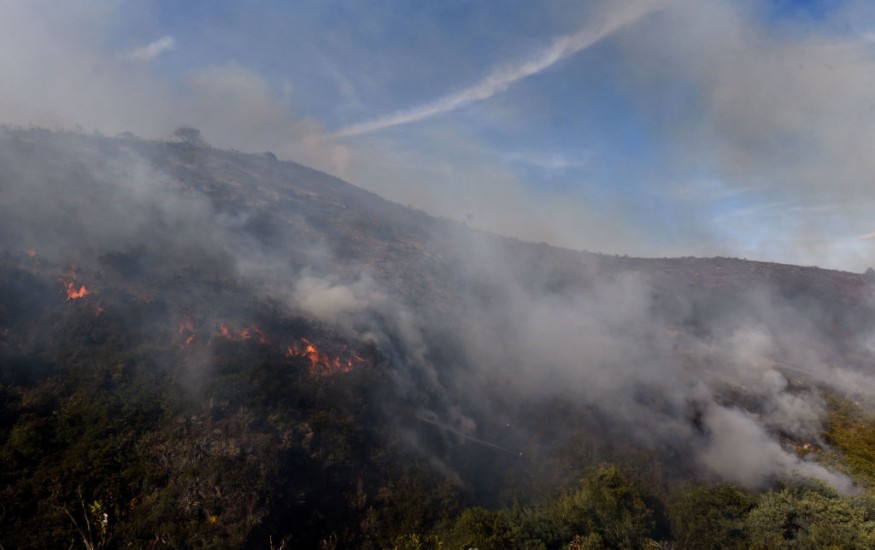Some growing communities in the US western states are likely to be most at risk from wildfire hazards, according to a study by researchers from Stanford University in California, USA.
The researchers identified some of these communities are within the "double-hazard" zones.
Double-hazard zones, as Stanford researchers put it, are areas where wildfire spread and intensity is greater; due to certain factors like types of plants and soil, as well as climate temperatures.
Combined together, these factors play a crucial role in either mitigating or amplifying the flames of a wildfire.
Growing Communities in the US Western States

The Stanford researchers published their study in the journal Nature Ecology & Evolution on Feb. 7.
The study revealed there are some growing communities in the US western states that are situated in forests and shrublands, which are considered as fire-amplifying plants by the researchers.
Experts determined that swathes of forested lands and shrublands in most US western states, including California, are likely facing the highest risk from wildfire compared to previous predictions.
They included the factor where plants and ecosystems use water to combat wildfire.
Plants May be the Answer Against Wildfire
The researchers have discovered that there are certain types of plants and soils within an ecosystem that can withstand a wildfire, while others amplify its flames.
Locations where plants and ecosystems are unable to fend off wildfire fall within the so-called double-hazard zones, where wildfire spreads more rapidly.
The researchers concluded that, under the same environmental conditions, wildfire spread varies depending on certain ecosystems, with a ratio difference of at least a dozen plant and soil traits.
Even a few plants capable of using water to mitigate the spread of a wildfire is crucial.
The Stanford scientists have taken into account that some plants have significantly developed coping mechanisms in certain ecosystems that can prevent the spread of wildfire.
Outside these areas, the researchers added that growing communities in the double-hazard zones faces the greatest risk.
Climate Change and Water Retention
An important part of the study is where the researchers acknowledged climate change and global warming indirectly increase wildfire hazards.
These phenomena have been attributed to wildfires in the past, but the study specified how it exactly increases wildfire hazards albeit not directly.
According to the study, the heating effect of global warming allows the atmosphere to retain more water, which is supposedly used by plants and ecosystems as reserves and a form of coping mechanism.
Thus, water retention in the air or atmosphere is how global warming increases wildfire hazards.
Biden Administration 10-Year Wildfire Crisis Strategy
On Jan. 18, the Biden administration launched a comprehensive 10-year strategy to tackle the growing wildfire crisis across the US-especially in California and other western states, as per the US Department of Agriculture.
The strategy is officially known as "Confronting the Wildfire Crisis: A Strategy for Protecting Communities and Improving Resilience in America's Forests."
This aims to mitigate and prevent the spread of wildfire-threatening millions of acres and multiple communities across the US.
Amongst the federal government agencies of the US, the Forest Service, along with the Department of the Interior and local community partners, will be responsible for carrying out the objectives of the strategy.
© 2025 NatureWorldNews.com All rights reserved. Do not reproduce without permission.





